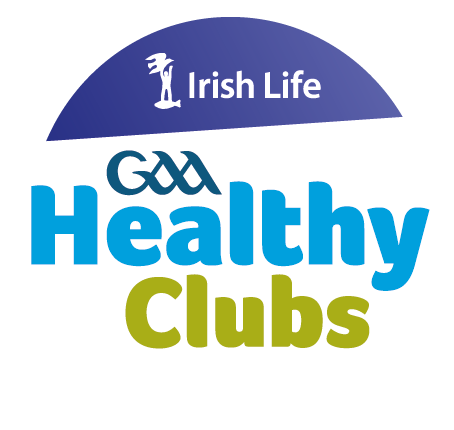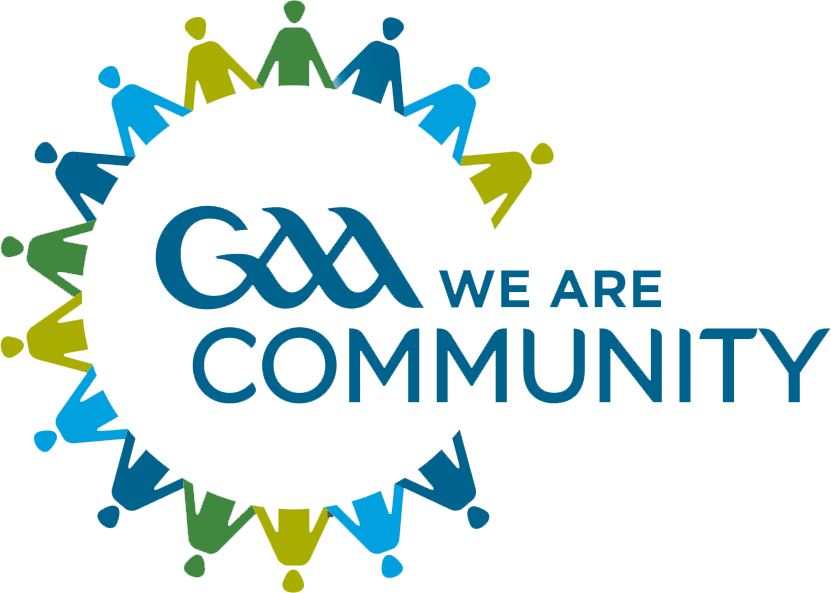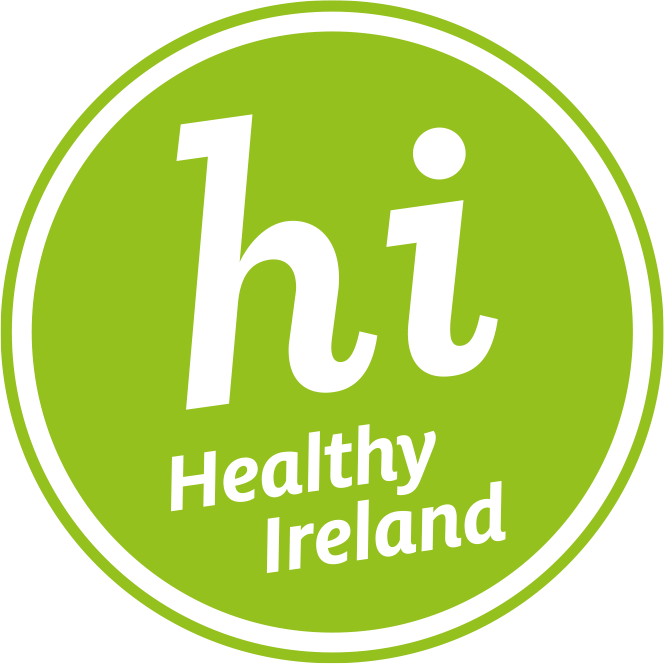| Case study overview | |
|---|---|
| Club: | Oran GAA |
| County: | Roscommon |
| Location: | Rockfield |
| Rural/Urban: | Rural |
| Codes: | Hurling, Camogie, Football, Ladies Football |
| Membership (2016): | 479 |

Plan
Supporting Documents: GAA Anti-Bullying Policy Statement
The first step was to set up a Healthy Club project team who carried out a community wide survey to ascertain what areas of health the club and community would like to focus on. The issue of bullying was one of the major themes that emerged from the survey.
Alongside developing and launching an anti-bullying policy, the club also ran an anti-bullying workshop ‘GAA Tackling Bullying programme’ for coaches and club officials. The aim was to create awareness among officials and empower them with skills and knowledge do effectively deal with an issue of bullying should one arise. An evaluation of the workshop was carried out involving distributing a questionnaire to all participants (n=21).
Partners
Within the club:
- Club Executive
- Club members
- Coaches
- Parents
- Players
- Members of the Health Club Project group
Outside the club:
- The workshop was facilitated by a qualified anti-bullying GAA tutor. Check out http://www.gaa.ie/the-gaa/child-welfare-and-protection/tackling-bullying for a list of GAA tutors in the various counties
- Roscommon GAA Health & Wellbeing Committee (chair.hwc.roscommon@gaa.ie)
Download
Activity
The workshop is a 2-hour session suitable for coaches, parents, players and other club personnel. Clubs can avail of a range of materials such as posters and anti- bullying policy statement.
The two-hour programme can be run in tandem and complimentary to any other educational and or community anti-bullying initiatives and is suitable for delivery at both adult and under age levels.
The workshop was well advertised through the Healthy Club team with the majority (67%) of participants finding the initiative very useful. Respondents of the questionnaire rated the workshop as either excellent (n=11) or very good (n=10) and while all participants indicated that they at least moderately (n=3), if not a lot (n=7) or very much so (n=11) were equipped with the skills to deal with an issue of bullying should the situation arise.
The 21 participants (9 male and 12 female) were full members of the club. The average age was 42 years and ranged from 23 years to 59 years. All the four sections of the club, hurling, football, camogie and ladies football were represented at workshop by either a club official (24%), coach (14%), parent (10%), player (5%) or those with a dual role (47%) e.g. a parent who also coaches. The club officials who attended included the football chairperson, camogie club development officer, club PRO, treasurer of the hurling club, minor football secretary and a member of the club executive alongside a number of underage coaches.
The Club
Oran GAA club used the Healthy Club Project (HCP) to combine each of the four codes in their community. Accordingly, the anti-bullying initiative recruited participants from each playing code. Overall, the club indicated that this approach ‘worked well’ mainly because they had ‘good people’ from each code. Previously there had been conflict between codes in the club but now with this project ‘everybody is on board.’
In addition, 14 participants commented the workshop had positively changed their perception of the club.
Benefits:
The majority (71%) of respondents agreed that the workshop had very much raised their awareness of bullying and increased their knowledge of anti-bullying (67%) with participants now clearly understanding the different types of bullying.
Asked to identify one key message they took away from the workshop respondents remarked ‘bullying is not acceptable’ and it should be ‘taken seriously’ not ignored but rather ‘nipped in the bud’. To ‘use the phrase bullying behaviour rather than label someone a bully’ and keep in mind ‘one incidence doesn’t constitute bullying’ but that ‘bullying can be dealt with if proper steps taken’



